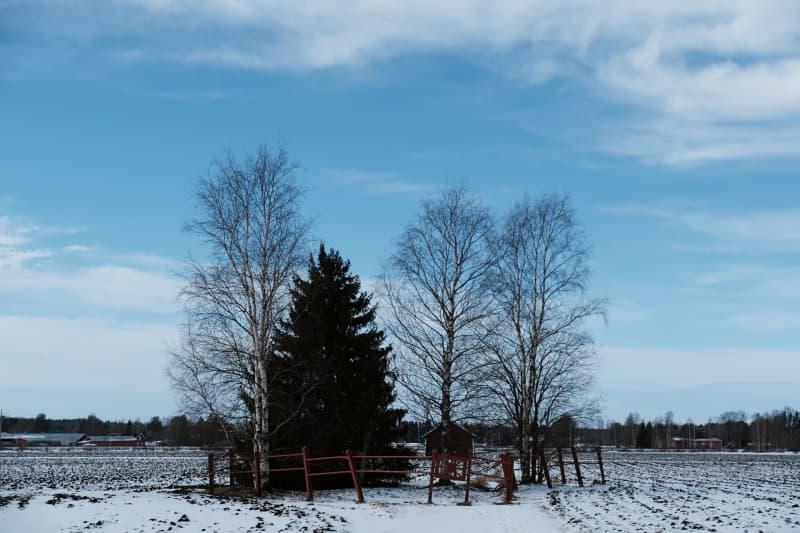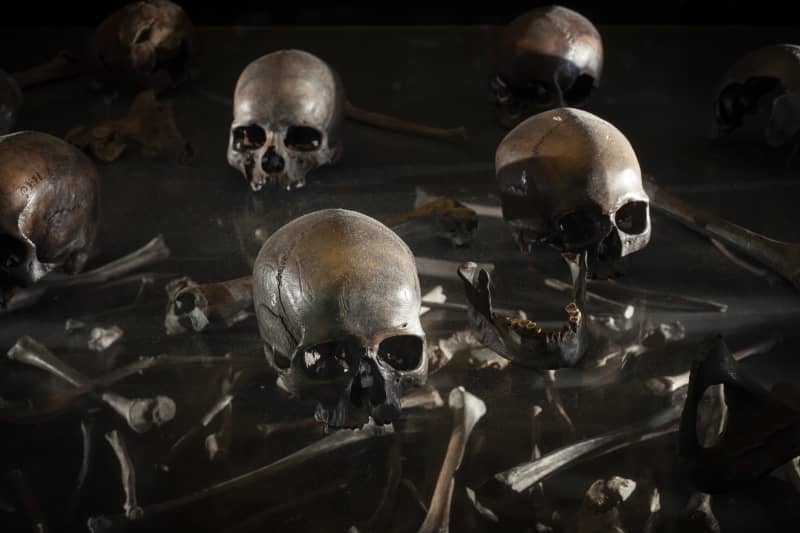
The Finnish Cultural Foundation has granted the research team 400,000 euros in funding to research the unique extensive cemetery of Leväluhta in Isonkyrö.
The unraveling of the riddle of the 1,500-year-old human bones of Isonkyrö Leväluhta will continue in the coming years.
Researchers are trying to find out where these people died and who they were. There is still a big unsolved question as to why they were buried in a pond in Isossakyrö between 300 and 700, where water burial was not common at that time.
The research target is the ancient people of Leväluhta and also Vöyr’s Käldamäki and the microbes they carried. In addition, the remains of the deceased from the Ruukki tar pit in the Oulu region are also being investigated. According to Ilkka-Pohjalainen, researchers hope to find, among other things, viruses and bacteria that could explain the deaths.
The research of Sajantila’s working group has previously also received funding from the Academy of Finland and the Kone Foundation.
The development of scientific methods gives hope that the secret of the algal algae would be revealed at least a little. Such a large number of old preserved bones have not been found anywhere else in Finland. During the 20th century, bones began to rise from a field in Isokyrö, which is located on the site of a former pond.

